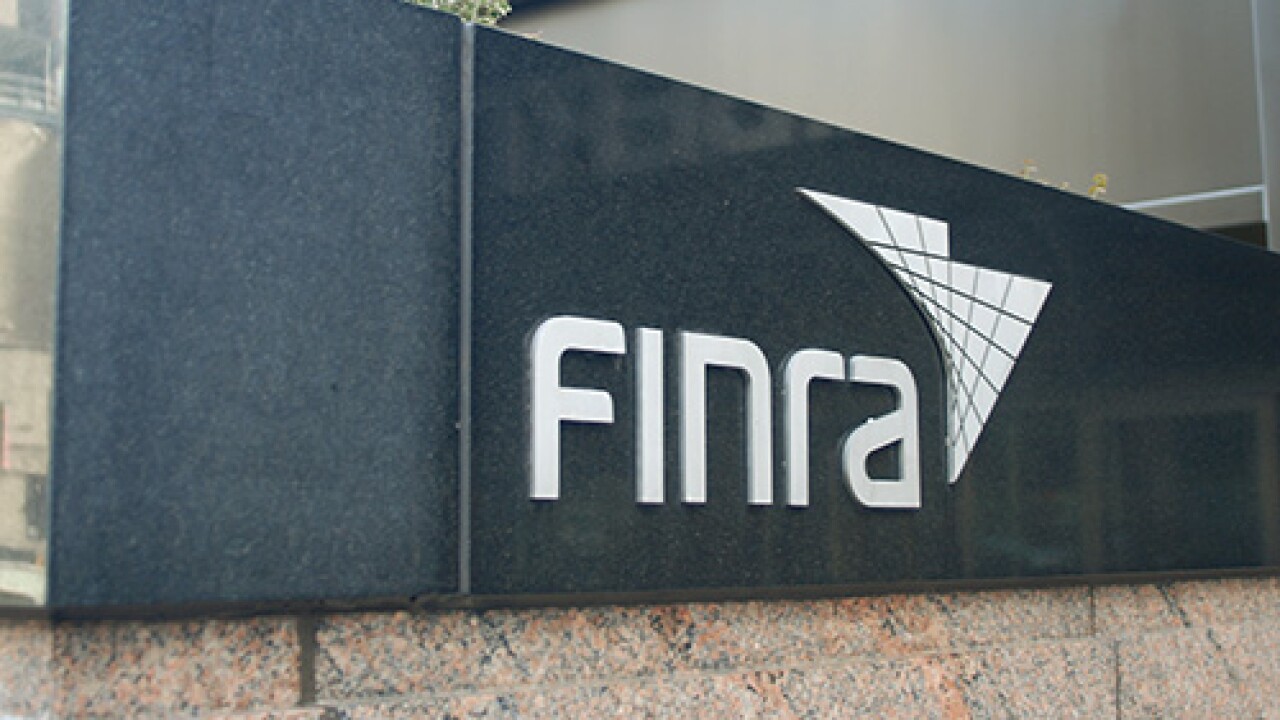
DALLAS -- Congress could make federal highway funding more productive by allowing states to toll interstate highways and limiting federal transportation investments to cost-effective projects, the Congressional Budget Office said in a report.
More effective transportation funding would help alleviate the Highway Trust Fund's structural revenue shortfall and compensate for the drop in purchasing power due to inflation since the gasoline tax was last raised to 18.4 cents per gallon in 1994, CBO said in the report released on Feb. 11.
Congress has transferred $143 billion into the HTF from other sources since 2008 to keep the fund solvent, the CBO said. The five-year, $305 billion Fixing America's Surface Transportation (FAST) Act passed late last year supports HTF revenues with $70 billion of revenue offsets.
"A sustainable solution to funding surface transportation is based on balancing revenues to and spending from the Highway Trust Fund," the report said. "New revenues from users can come only from taxes and fees. Ultimately major changes in transportation spending or revenues -- or both -- will be needed to bring the two into balance."
Spending from the HTF through 2020 will total $280 billion, CBO said, while dedicated revenues and interest will amount to only $208 billion. The HTF is expected to end fiscal 2020 with $8 billion in the highway portion and $2 billion in the transit account.
Spending on highways does not correspond well with how the roads are used and valued, the report said.
Federal highway funding totaled $46 billion in 2014, roughly a quarter of total public spending on roads and bridges, CBO said. About 95% of funds went to the construction of highways or for their improvement, expansion, and major repair, with the remainder spent for operations and maintenance.
"Even though highway travel is more concentrated on interstates and in urban areas, and urban roads are typically in poorer condition than rural ones, the federal government and state governments typically have spent more per mile of travel for major repairs on rural roads," CBO said.
Allowing states to levy tolls on existing interstate highways, which is now banned except for a limited and so-far unused pilot program, or creating a national per-mile-traveled fee system would more closely reflect the cost of using roads than does the gasoline tax, according to the report.
"More widespread charging for the use of roads could increase economic output by allowing highly valued transportation to move more quickly and reliably and could reduce the demand for additional capacity, allowing funding to be spent for other purposes," CBO said. "Charging for the use of roads could allow for more travel overall by reducing congestion, which occurs in many urban areas during peak periods."
Congress could enhance the use of public-private partnerships in transportation projects by increasing funding options, CBO said. The proposals include more funding for low-interest loans through the Transportation Infrastructure and Finance Innovation Act (TIFIA), increasing the cap on federal transportation private-activity bonds, and authorizing P3s to sell tax-preferred bonds with a larger subsidy than current PABs.
President Obama unsuccessfully asked Congress in 2015 to increase the capacity for federally-allocated transportation PABs to $30 billion from the current $15 billion. His proposed fiscal 2017 budget would increase that amount to $19 billion and allow them to be Qualified Public Instructure Bonds that would attract private capital to port, airport, "qualified highway and surface freight transfer facilities," and other projects.
The FAST Act cuts TIFIA funding from $1 billion to $275 million in 2017 and provides a total of $1.44 billion over five years.





